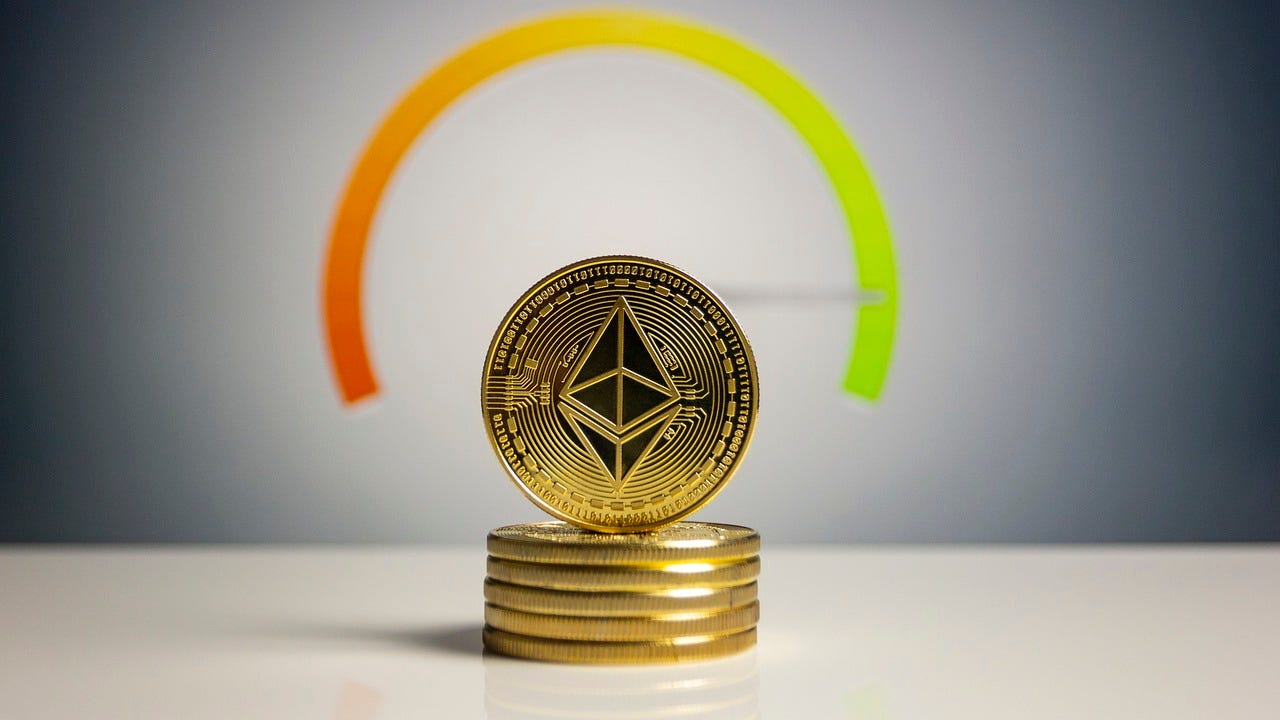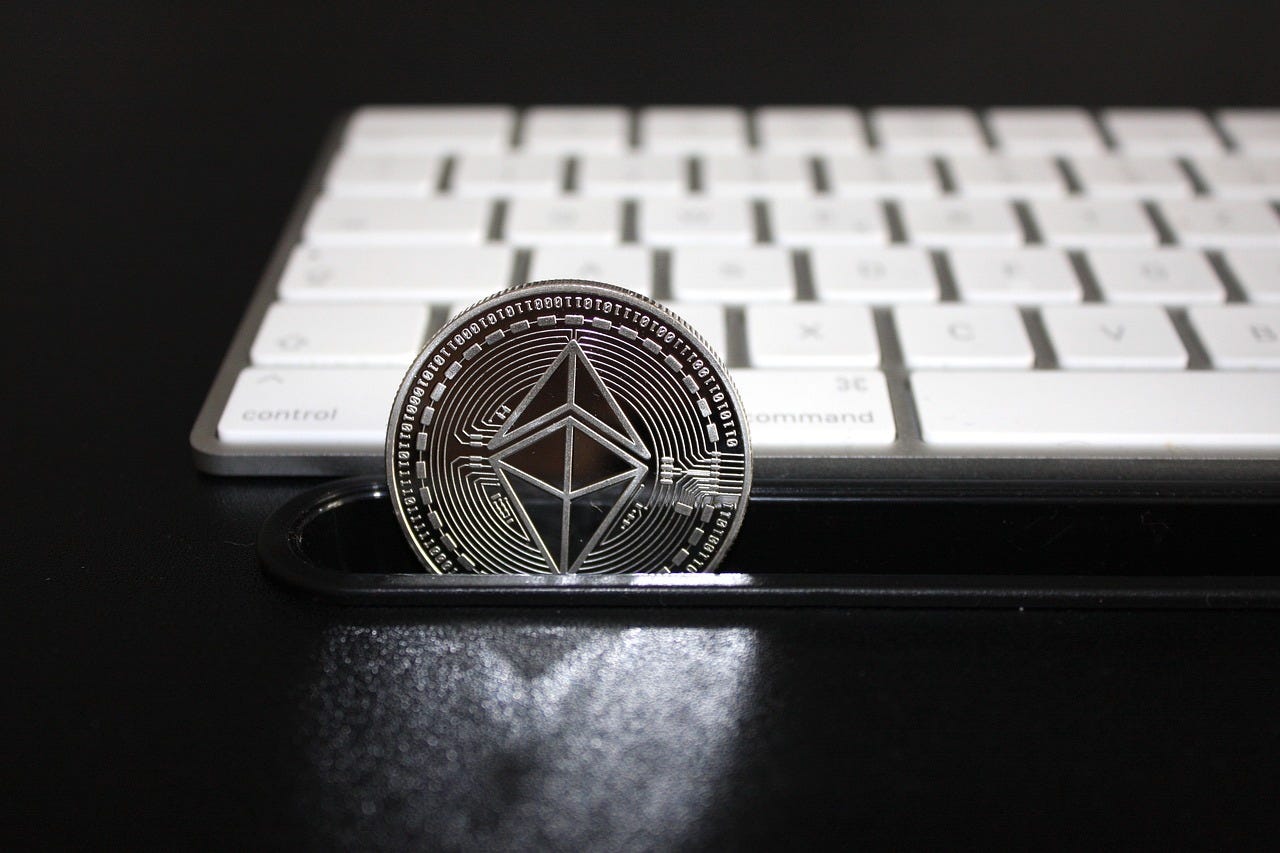In the rapidly evolving world of cryptocurrencies, understanding exchange rates between different digital currencies is pivotal for investors and users alike. This knowledge not only aids in making informed trading decisions but also provides insights into the broader economic interactions within the crypto ecosystem. Among the myriad of cryptocurrencies, Ethereum (ETH) and Solana (SOL) stand out due to their unique architectures and substantial market presence. Ethereum, known for pioneering smart contracts, remains a cornerstone of the decentralized application space. Solana, distinguished by its high throughput capabilities, offers an appealing alternative with its faster transaction speeds and lower costs.
The exchange rate between ETH and SOL, therefore, holds particular interest as it reflects the ongoing shifts in preference and technology within the sector. Understanding how many SOL one can obtain for an ETH is more than a numerical transaction --- it's a snapshot of the dynamic interplay between innovation, market sentiment, and technological advancements in cryptocurrency.
Understanding Exchange Rates
Exchange rates in the cryptocurrency market are pivotal indicators of value, representing how much of one digital currency can be exchanged for another. These rates are not arbitrarily set but are determined through the complex interplay of market forces on trading platforms where cryptocurrencies are bought and sold. Supply and demand dynamics are fundamental drivers of these rates. For instance, if there's a high demand for Ethereum (ETH) but the supply is limited, the value of ETH will increase. Conversely, if the market is flooded with Solana (SOL) coins, its value might drop unless there's a proportionate increase in demand.
Trading volume also plays a crucial role. High volumes tend to indicate a healthy trading activity which typically leads to more stable exchange rates, whereas lower volumes might result in more volatility and unpredictable rates. For investors looking to swap ETH to SOL instantly, understanding these market dynamics is essential. Immediate swaps rely on real-time, responsive exchange rates that reflect the latest market conditions. Such knowledge enables traders to make swift decisions, optimizing their strategies in a market that never sleeps. By grasping these foundational concepts, investors can navigate the crypto exchange landscape more effectively, leveraging fluctuations for optimal transaction outcomes.
Current ETH to SOL Exchange Rate
The exchange rate between Ethereum (ETH) and Solana (SOL) continually fluctuates due to various market factors. As of the latest data, 1 ETH is approximately equivalent to [insert number] SOL. This rate reflects the ongoing dynamics within the cryptocurrency markets, influenced by investor sentiment, technological advancements, and broader economic factors. Recent trends show that ETH has experienced volatility due to changes in regulatory landscapes and global economic uncertainties, which in turn affect SOL and other altcoins. Factors such as network upgrades, scalability improvements, and successful integrations also play critical roles in shaping the current exchange rate. Investors and users need to stay informed about these changes, as they have significant implications on the timing and value of transactions when they swap currencies.
Historical Perspective
The historical exchange rates between ETH and SOL provide a fascinating glimpse into the evolving relationship between these two major cryptocurrencies. Since SOL's introduction, the ETH to SOL rate has seen periods of both convergence and divergence, heavily influenced by key events in the crypto world. Significant technological milestones, like Ethereum's shift towards Ethereum 2.0 with its promise of increased efficiency and scalability, have typically bolstered ETH's value against SOL. Conversely, Solana's major network outages have sometimes led to temporary decreases in its value compared to ETH. Other influential factors include market sentiment driven by investor reactions to global economic events and changes in blockchain regulation. These historical trends not only highlight the impact of external events and internal developments on exchange rates but also underscore the importance of technological robustness and market perception in determining the value of digital currencies.
Factors Influencing ETH to SOL Rates
The exchange rate between Ethereum (ETH) and Solana (SOL) is influenced by a variety of factors, ranging from technical updates to broader economic conditions. Network updates are particularly impactful; for instance, upgrades that improve transaction speed, scalability, or security can enhance a network's attractiveness, thereby increasing its coin's value. Ethereum's transition to a proof-of-stake consensus mechanism is anticipated to reduce transaction fees and block times, potentially boosting ETH's value against SOL. Conversely, Solana's performance enhancements and increased adoption in decentralized applications could strengthen SOL's position.
Market sentiment also plays a crucial role, often driven by regulatory news or global economic events. Positive news can lead to price surges, while regulatory crackdowns or technical failures can trigger declines. Additionally, technological advancements such as the integration of new features or interoperability between blockchains can encourage user adoption, influencing the rates.
How to Convert ETH to SOL
Converting Ethereum (ETH) to Solana (SOL) can be straightforward if done through reliable crypto exchanges or conversion platforms. Here's a general guide:
- Choose a Platform: Select a platform that offers ETH to SOL conversions. Consider factors like security, fees, and user reviews.
- Create and Verify Your Account: Register and verify your account, fulfilling all required security checks to ensure your transaction's safety.
- Deposit Funds: Deposit ETH into your account. Ensure you understand the deposit methods and timing.
- Convert Your Currency: Navigate to the exchange section of the platform, select ETH in the 'from' field, and SOL in the 'to' field. Enter the amount of ETH you wish to convert.
- Execute the Trade: Review the conversion rate and transaction fees. If satisfactory, execute the trade.
Tips for Getting the Best Rates and Avoiding Pitfalls:
- Monitor Exchange Rates: Rates can fluctuate rapidly. Keeping an eye on the market trends might help you execute the trade at a more favorable rate.
- Check Fees: Be aware of hidden fees or charges that could affect the amount of SOL you receive.
- Use Limit Orders: These allow you to set a specific price at which you want to convert ETH to SOL, giving you control over the rate you're willing to accept.
- Secure Transactions: Always ensure that your internet connection is secure when making transactions to prevent theft of your digital assets.
By following these steps and tips, you can efficiently convert ETH to SOL while minimizing risks and maximizing your return on transactions.
Conclusion
Navigating the ETH to SOL exchange rate requires an understanding of market dynamics, technological updates, and economic factors. By staying informed and utilizing secure conversion platforms, investors can effectively manage their cryptocurrency portfolios, leveraging the opportunities presented by the evolving landscape of Ethereum and Solana.




